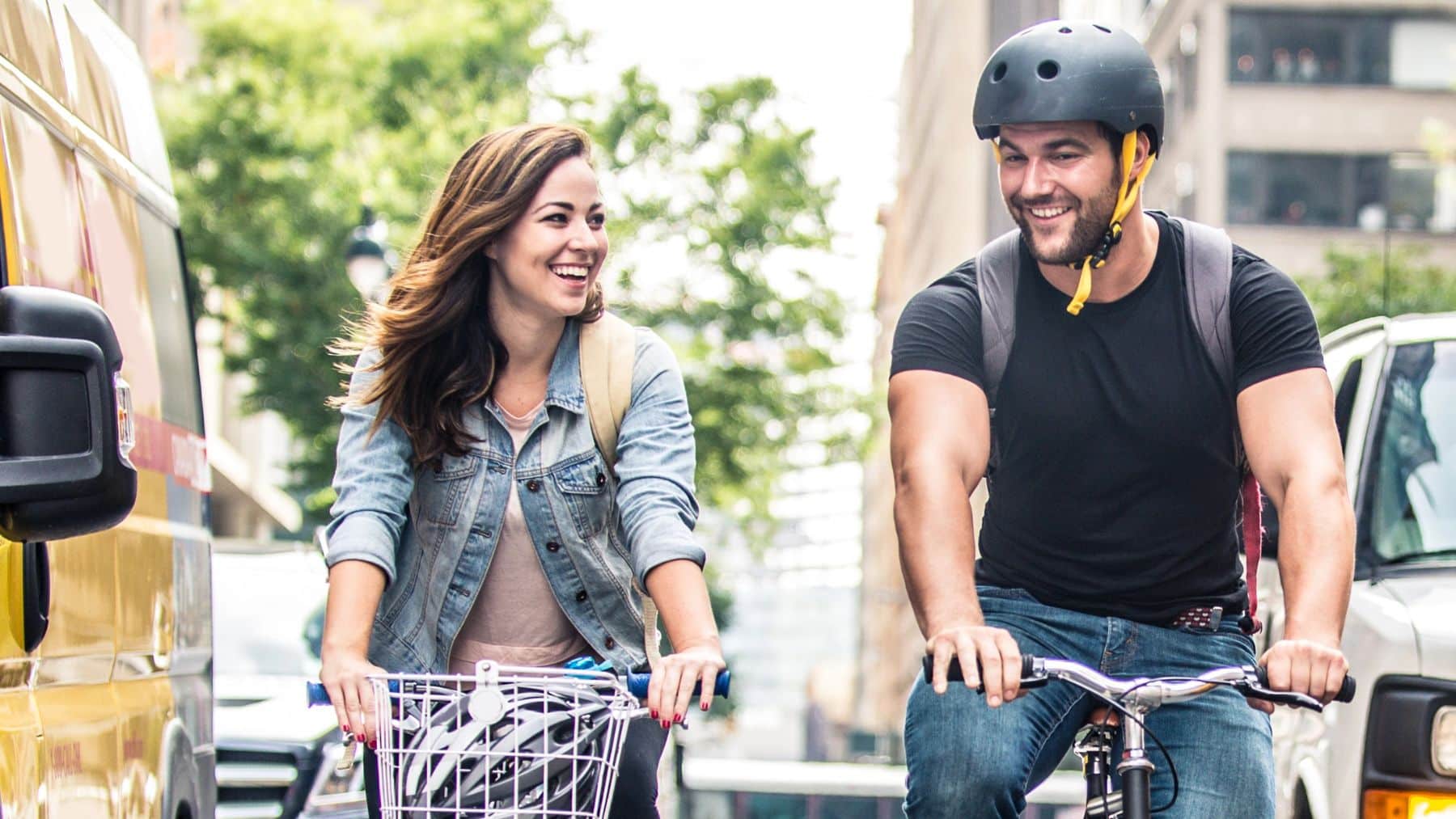Starting on October 24th, 2025, New York City will impose a citywide limit on e-bikes, e-scooters, and pedal-assisted commercial e-bikes. Will this relaxed stimulus to calm the streets now allow the convenience of micromobility to suffer? With the increase in accidents, the city is experimenting with the necessity to create speed limits that could balance innovation, efficiency, and protect pedestrians in the five boroughs
Understanding the new citywide limit and what it means for residents and commuters across the city
The new rule, as described by the Office of the Mayor, implements a citywide limit on electric bicycles (e-bikes), e-scooters, and pedal-assisted commercial bicycles throughout the city. This does not apply to standard bicycles. Therefore, riders using only their human power source should be free to ride.
The new speed limit implemented is 15 mph, which is consistent with the current speed regulations of stand-up e-scooters and aims to maintain consistency between the micromobility vehicles. The Department of Transportation (DOT) reaffirmed that this is a speed limit in order to protect pedestrians on the streets and all those riding bicycles, and to decrease the consequences if accidents were to occur.
How the regulation is scoped and where it is applicable in everyday urban settings
Official statement from the New York City regarding the 15 mph speed limit applies to e-bikes, e-scooters, and pedal-assisted commercial bicycles. This law regulates popular micromobility modes of traffic to operate at a safe speed, increasing safety for individuals using the street by reducing the chance of collision.
Vehicles that are subject to these regulations shall comply with the citywide limit on city streets as well as bike lanes. The enforcement of these limits in heavily trafficked pedestrian areas is for pedestrian protection purposes, while still allowing urban micromobility to be convenient.
Why the speed limit was set and the factors considered to protect cyclists and pedestrians
The decision to impose the 15mph citywide limit is primarily driven by safety concerns. As e-bikes and e-scooters become increasingly popular, accidents involving pedestrians and other cyclists have risen. Limiting top speeds aims to reduce both the frequency and severity of these incidents, making city streets safer for everyone, just like this state’s crackdown on street takeovers.
Consistency in regulations is another important factor. Previously, speed limits differed by device type, causing confusion among riders. A universal 15 mph cap provides a clear, standardized framework that all users can follow, simplifying compliance.
How the new rules will be implemented and enforced across city streets
This is the operational challenge of implementing the speed limit of 15 mph. Many e-bikes do not have speedometers, and currently, there is no compulsory registration program for this type of equipment. The DOT has stated that it will be of paramount importance to ensure compliance, and this will work in collaboration with local law enforcement.
The potential challenges and obstacles that could arise during implementation
There are several logistics issues related to implementing New York City’s 15 mph citywide limit with regard to e-bikes, e-scooters, and pedal-assisted commercial bicycles. Below are elements that affect the success of this 15 mph speed limit initiative:
Absence of speedometers: Many e-bikes do not include built-in speedometers, and this is likely to result in riders accidentally breaking the speed limit of 15 mph.
Enforcement mechanism: With no effective and practical enforcement measures, the new speed limit could be at different rates across the city.
New York City’s 15 mph citywide limit for e-bikes, e-scooters, and pedal-assisted bicycles is a decisive step in improving public safety and streamlining urban transportation. The measure may be seen as a framework to combine safety, travel efficiency, and rhythms of urban transportation protocols, providing an example for other metro areas to follow as cities around the world adapt to the challenges created by more diverse modes of urban transport, just like the newly imposed hands-free crackdown in this state.

